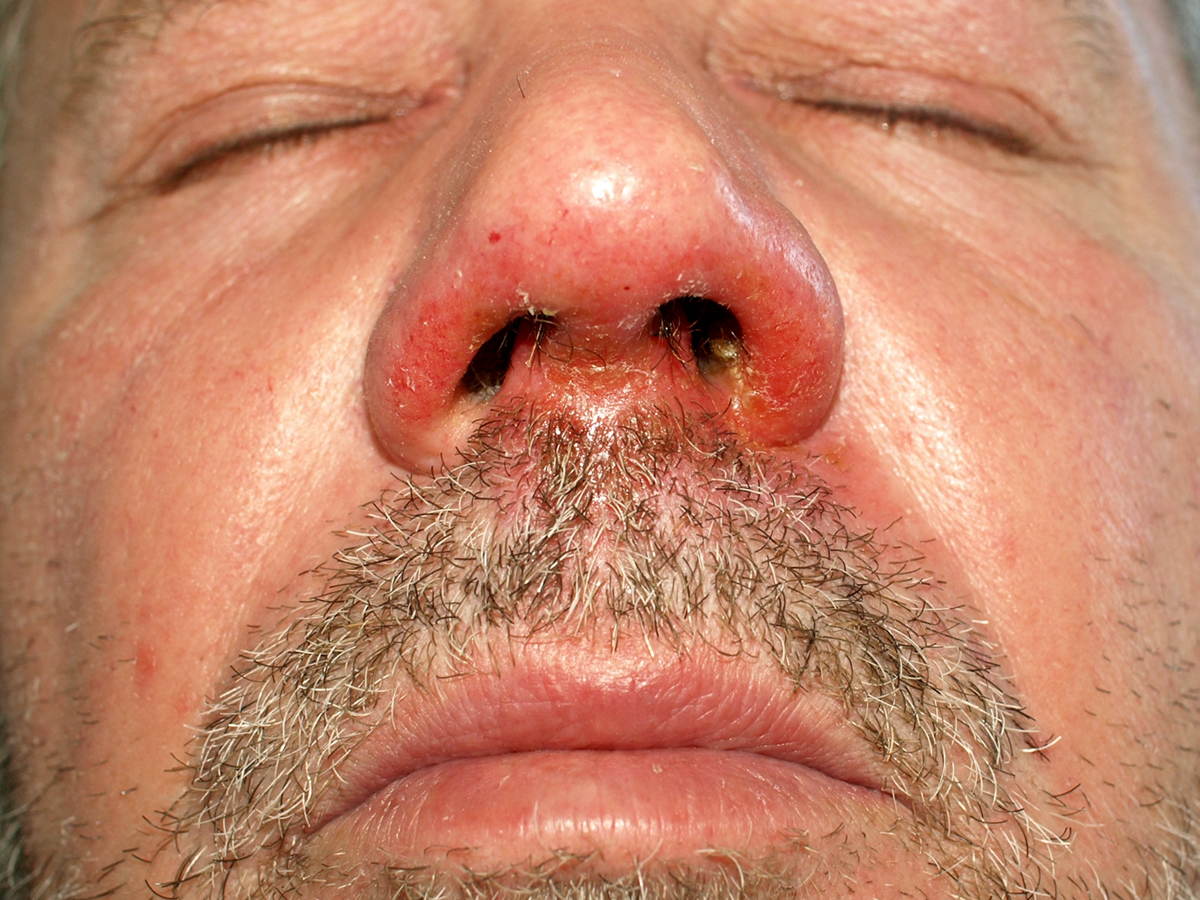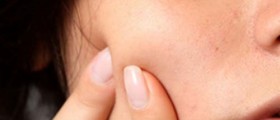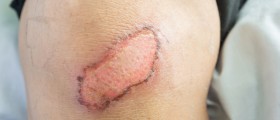
Impetigo is a very contagious skin disease that usually affects infants and very young children. The signs of the infection includes red sores on the face, especially in the vicinity of a child’s nose and mouth.
It usually occurs when bacteria enters the skin through cuts or through an insect bite, but in some cases, the infection can occur even when there are absolutely no other problems with the skin.
However, the infection is not very serious, and most of the time it will subside in about two to three weeks.
It should be treated with antibiotics however, instead of waiting for it to heal on its own, because impetigo can also lead to other complications if not treated at the onset of the infection.
The red sores that appear on the face will usually rupture quickly and ooze a yellow-brown crust for the next several days. They will also itch and cause painless, but fluid-filled blisters.
In the most serious form of the infection, the sores are painful and filled with pus, and they can also develops into deep ulcers.
The most common form is called impetigo contagious, and it usually starts with the red sores that burst. After the fluid comes out of the sores, red marks are left on the fact, but they also usually heal without leaving any permanent scarring.
Even though the sores are bothersome and itchy, they are usually not painful.
Bullous impetigo is a similar condition, but it usually occurs on the arms and legs.
The most serious form of impetigo is called ecthyma, because it penetrates deeper into the skin and affects the second layer of skin, the dermis. The sores are puss-filled and painful and usually lead to the development of deep ulcers on the legs and feet.
The difference with these deeper sores is that often scarring can occur once they have healed up. Ecthyma also causes the lymph glands to become swollen.
There are two main types of bacteria that cause impetigo, Staphylococcus aureus (staph), which is most common, and Streptococcus pyogenes (strep).
Both usually live on the skin without having any effects, but once they enter the skin through a cut or abrasion, they can be problematic and cause impetigo.
People can get exposed to the bacteria by being in contact with people who have the condition and touching or sharing their clothes, towels or even toys. The infection is very contagious and spreads very easily.

















Your thoughts on this
Loading...